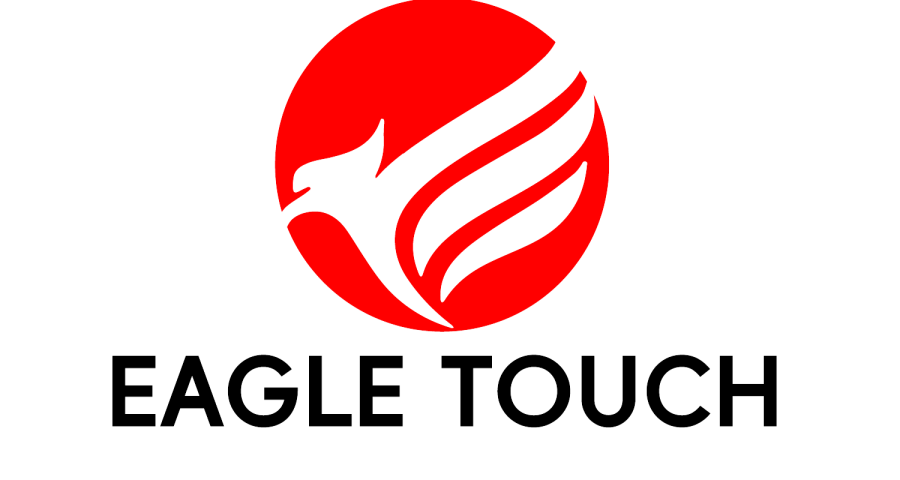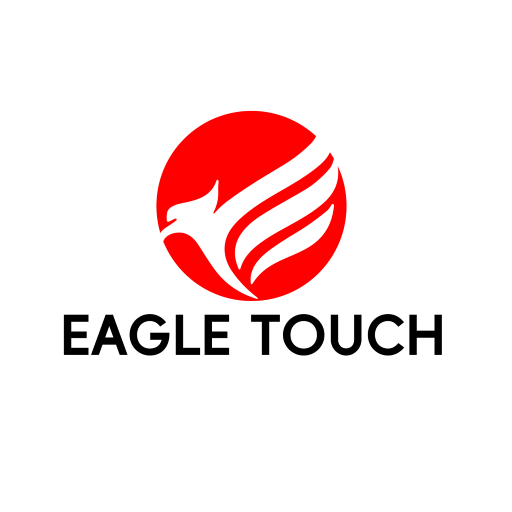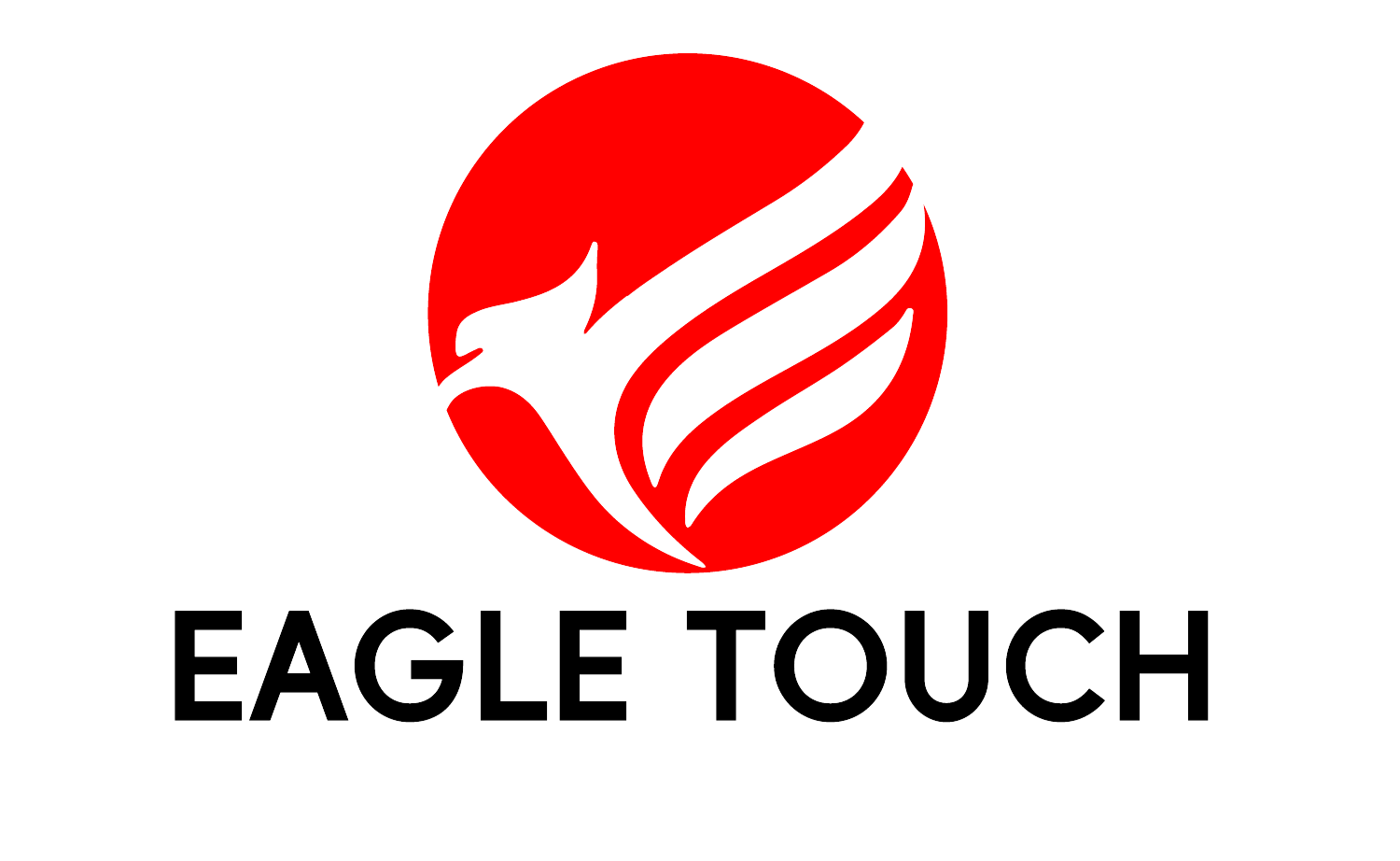From the structure of the screen, we can roughly divide the screen into three parts, from top to bottom, they are the protective glass(cover glass), the touchscreen, and the display screen (TFT LCD). These three parts need to be laminated together, and based on the lamination method, it can be divided into two types: full lamination and frame lamination
What is air bonding?
Air bonding, Also called frame Lamination, in the context of screen assembly, indeed involves using adhesive tape to bond the touchscreen and the LCD (liquid crystal display) together. This method typically involves attaching the touchscreen to the LCD around the edges with adhesive tape, leaving an air gap between the two layers.

What is Optical bonding?
Optical bonding also called full lamination or direct bonding , is a key process in display manufacturing that involves adhering a glass or touch panel directly to the LCD/LED display using a layer of adhesive. This technique enhances the display’s visual clarity and contrast by eliminating the air gap, thus reducing light reflection and glare. It also improves durability, making screens more resistant to impacts and environmental factors like dust and moisture. Especially beneficial in devices used in outdoor or industrial settings, optical bonding also boosts touch sensitivity in touch-enabled devices. This process is crucial in a range of applications, from consumer electronics to automotive, medical, and industrial equipment.

comparison of Full Lamination Technology vs. Traditional Frame Lamination Technology
| Feature | Full Lamination Technology | Traditional Frame Lamination Technology |
|---|---|---|
| Dust and Moisture Resistance | High resistance due to no air gaps, preventing dust and moisture ingress. | More susceptible to dust and moisture due to air gaps. |
| Display Quality | Enhanced display quality with reduced glare and reflection; better color saturation and contrast. | Potential for decreased display quality due to light reflection and loss in the air gap. |
| Touch Sensitivity | Improved touch sensitivity due to direct contact between layers. | Lesser touch sensitivity due to the air gap. |
| Durability and Strength | Enhanced durability and structural strength. | Less durable; potential weakening over time due to the air gap. |
| Assembly and Repair | More complex assembly; repairs can be challenging and costly. | Simpler assembly; easier and potentially cheaper to repair. |

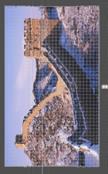
Optical bonding can be categorized mainly based on the type of adhesive used in the bonding process. There are two primary types:
OCA (Optically Clear Adhesive):
- OCA is a clear, adhesive film used to bond layers in a display. It comes in a pre-cured, solid sheet form.
- The primary application of OCA is in the dry optical bonding process. It’s often used in smaller devices like smartphones and tablets where precision and uniformity are crucial.
- The advantages of OCA include its ease of application, consistency in thickness, and lack of requirement for a curing process, which makes it suitable for high-volume production.
- OCA is excellent for reducing reflection and glare and providing a bond that is free from bubbles and imperfections.
OCR (Optically Clear Resin):
- OCR, on the other hand, is a liquid adhesive used in the liquid optical bonding process. It is applied in a liquid state and then cured to form a solid bond.
- OCR is preferred for larger displays or when a very thin layer of adhesive is required. It’s commonly used in TV screens, monitors, and industrial displays.
- The curing process of OCR (usually UV or heat curing) allows for a strong and durable bond. This method can also fill irregularities and gaps more effectively than OCA.
- The liquid nature of OCR makes it more adaptable to different screen sizes and shapes, but it requires more precision in the application to avoid bubbles and inconsistencies.
Both OCA and OCR improve the optical performance of the display by reducing the air gap and thereby minimizing reflections and glare. The choice between them depends on the specific requirements of the display, including size, shape, manufacturing process, and desired optical qualities.
key benefits of Optical Bonding
Optical bonding offers several key benefits, particularly in enhancing the performance and durability of display screens:
Improved Display Clarity and Visibility: By eliminating the air gap between the display and the cover glass or touch panel, optical bonding reduces internal reflections caused by ambient light. This results in clearer and brighter images with enhanced contrast, making the display easier to read, especially in bright environments.
- Increased Durability and Protection: The bonding process strengthens the display, making it more resistant to impacts, scratches, and breakage. It also provides better protection against dust, moisture, and other environmental contaminants, which is crucial for devices used outdoors or in industrial settings.
- Enhanced Touchscreen Performance: For devices with touch interfaces, optical bonding can improve touch sensitivity and accuracy. This is because the touch sensor is closer to the surface, reducing the parallax effect and making the touch interface more responsive.
- Reduced Glare and Reflection: Optical bonding minimizes glare from external light sources, enhancing the display’s readability in various lighting conditions. This is particularly beneficial for devices used outdoors or under bright lights.
- Better Image Quality in Rugged Conditions: For applications that require rugged displays, like in military or industrial use, optical bonding helps maintain image quality under harsh conditions, including extreme temperatures, vibrations, and shock.
- Aesthetic Improvement: Displays with optical bonding often have a more streamlined and attractive appearance. The elimination of the air gap can make the screen look more vivid and closer to the surface, which is aesthetically pleasing.
